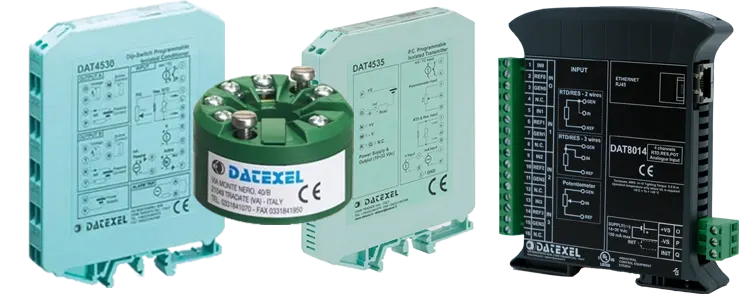Modbus RTU vs TCP: What Are the Differences?


Modbus RTU and Modbus TCP are both communication protocols used in industrial automation. However, some critical differences between the two can influence your decision about which one to use. This article will explore the differences between Modbus RTU and Modbus TCP to help you decide which protocol is best for your application.
Modbus RTU is a serial communication protocol using either RS485 or RS232. The first Modbus communication protocol was introduced and initially implemented to communicate between PLCs. Only later was it used for field-based instrumentation.
Originally, Modbus RTU was just RS232, but due to the limiting factors of RS232, it was only used in the control room to communicate with close-ranged PLC. Today, most Modbus RTU networks are on 38,400 baud rate, so the maximum length of RS232 is around 10 feet.
The real change that allowed the more extensive use of Modbus controllers was the implementation of RS485. With RS485, you can increase the range up to 4,000 feet and the speed to 115,200, obviously with a reduced range. Devices can be daisy-chained with RS485.
Modbus TCP uses Ethernet communication and came into practice 20 years after Modbus RTU. It still uses Modbus RTU protocol but communicates on the Ethernet network.
The main difference is that Modbus RTU uses a daisy chain network, so you can link the whole network on two wires and communicate with each device by providing each node with a unique address. Modbus TCP uses a star network where each node has an individual cable called a Cat5 or Cat6. They can be connected with the use of a router. They also come with a personal address unique to each node on the network. The address can be from 1 to 255, which means theoretically, you can have 254 units on the same network. You can also use Modbus TCP over the internet.
The trend in 2022 is that more field equipment uses Modbus RTU, but Modbus TCP is catching up. Pressure transmitters, flow meters, and gas analyzers use Modbus RTU. PLCs, DCSs, and control room equipment use Modbus TCP. Some equipment communicating over the internet to web servers are using Modbus TCP. Input and output analog and digital modules are available on Modbus RTU and Modbus TCP.
The answer is yes for both Modbus RTU and Modbus TCP. A Modbus RTU application needs to read a 4-20mA or 0-10 V input and display on a PC or in a PLC. You can connect an analog input card with Modbus RTU output and run a twist pair cable to the RS485 to USB converter, and in minutes you can be reading the Modbus registers.
With a Modbus TCP input card, you only need an analog Modbus TCP card and to connect it to a PC with a Cat5 or Cat6 cable directly with a crossover cable or through a router. Again, you can read the Modbus register very quickly.